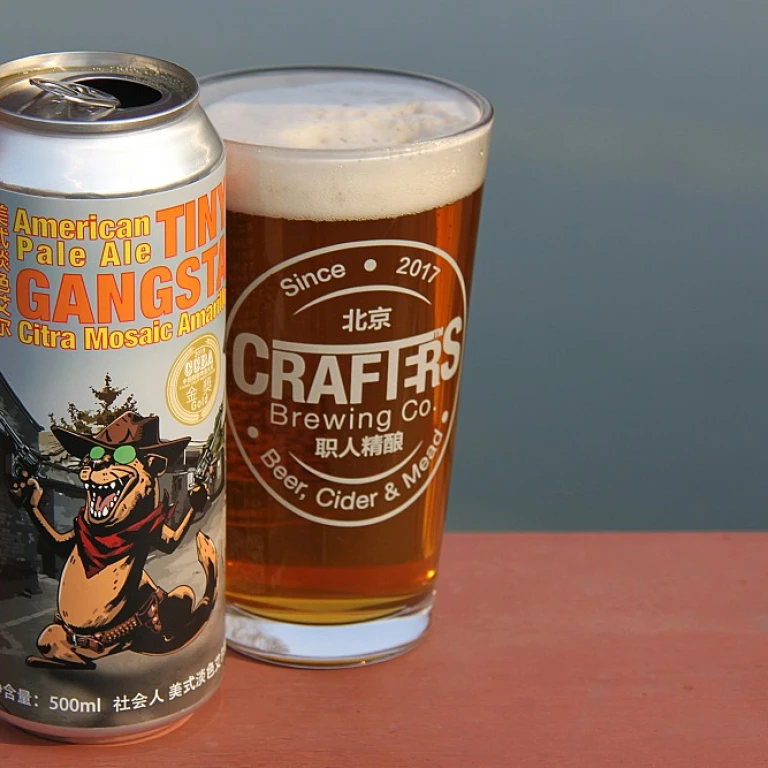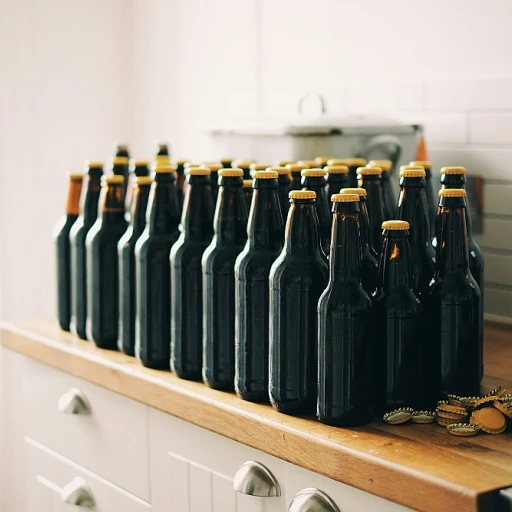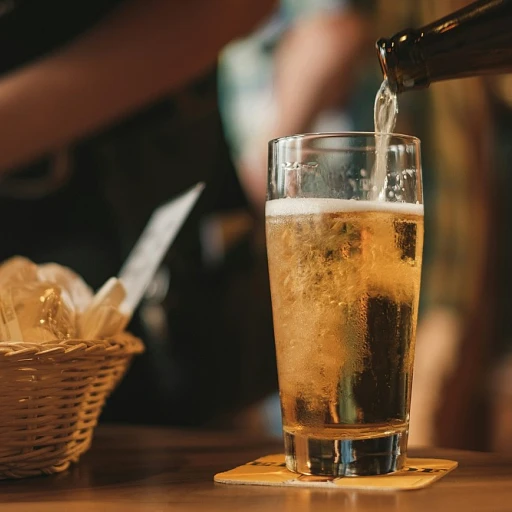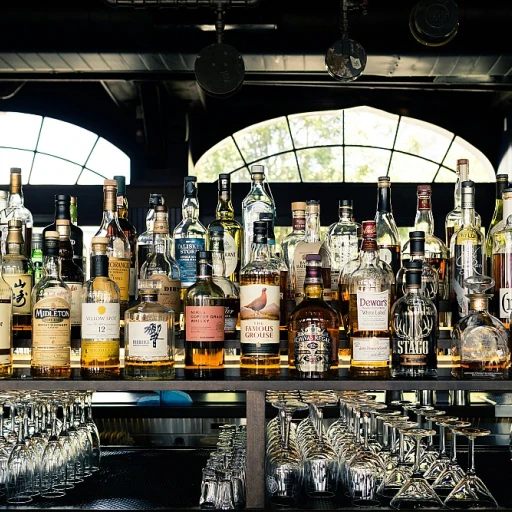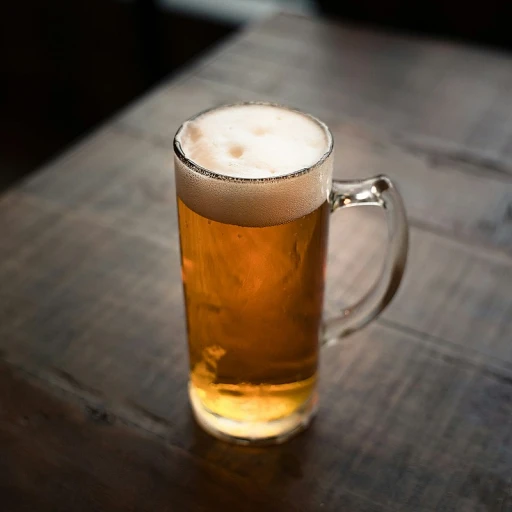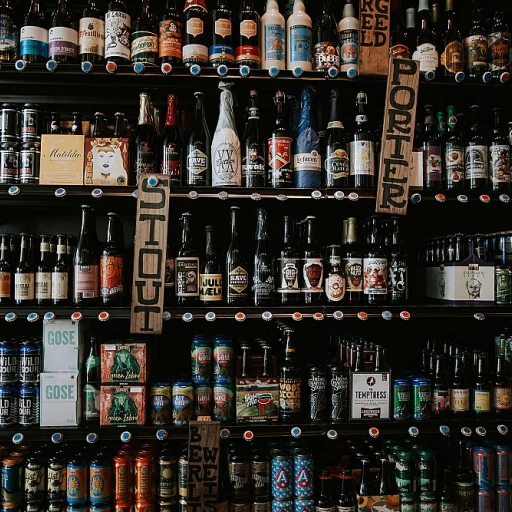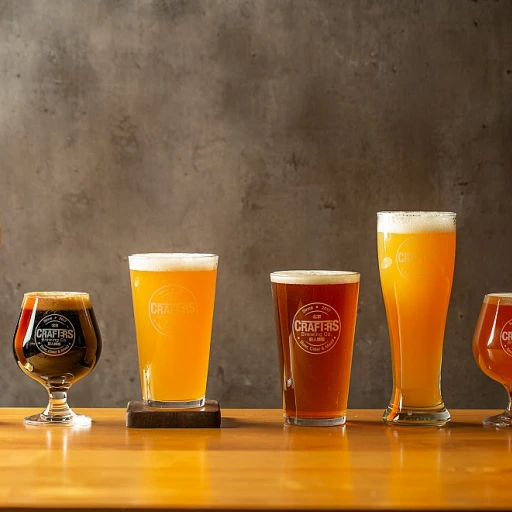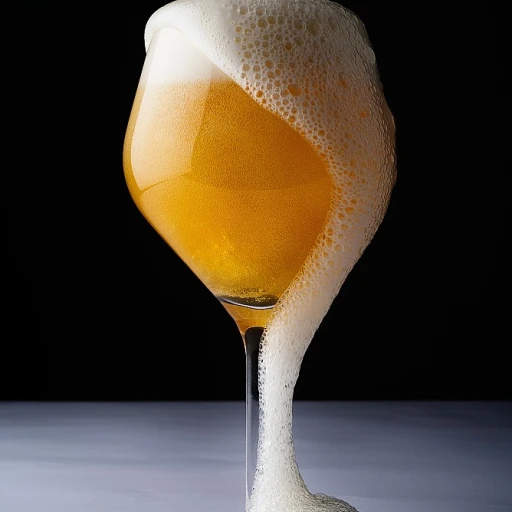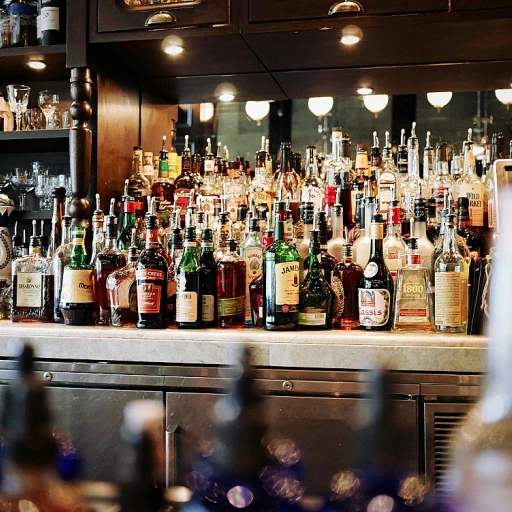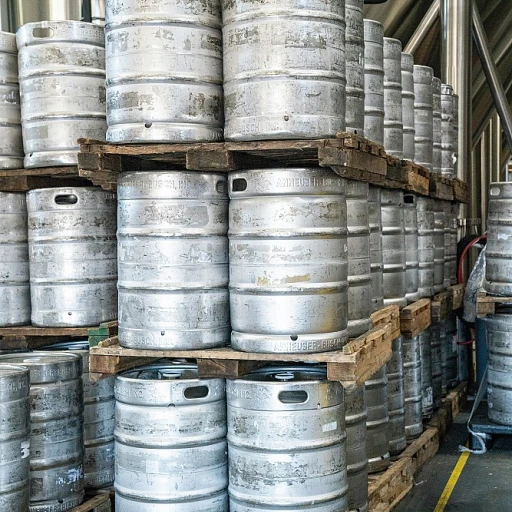
What Makes IPA Beers Calorie-Heavy?
Key Ingredients and Their Impact on Calorie Content
IPA beers, known for their bold flavors and rich hop profiles, have become a favorite among beer enthusiasts. However, the very elements that give IPAs their distinctive taste also contribute to their higher calorie count.- Hops and Malts: IPAs are characterized by their intense hop aroma and bitterness, but what many might not realize is that the malts balancing that hops-forward taste play a significant role in the calorie content. These malts, often used in larger quantities to complement the hops, naturally contain sugars which translate into calories.
- Alcohol Content: The alcohol by volume (ABV) of IPAs tends to be higher compared to other beer types. Since alcohol itself contains calories, this factor can elevate the overall calorie count of your favorite IPA brew.
- Unfermented Sugars: IPAs sometimes leave behind residual sugars even after fermentation, adding to the caloric total. These sugars contribute to the desired sweetness and body but at the cost of added calories.
Comparing Calories in Different Types of IPAs
Diverse Caloric Content in IPA Variants
When diving into the world of IPAs, it's important to recognize that not all are created equal when it comes to calorie content. Different variations of IPAs offer unique flavor profiles, brewing techniques, and ultimately, different calorie counts. From the intense richness of double IPAs to the more subtle intricacies of session IPAs, here's how they compare:
- Double or Imperial IPAs: These are known for their robust flavors and higher alcohol content. As a result, they tend to have more calories compared to their lighter counterparts. The ingredients used, such as extra malt, contribute to both the higher alcohol and calorie content.
- New England IPAs: Recognized for their juicy and hazy appearance, these beers may contain oats or wheat, which can slightly increase calorie content compared to standard IPAs. The fruit-forward notes and smooth texture often make them a caloric indulgence.
- Session IPAs: Designed to be lower in alcohol, these are ideal for those looking to enjoy the taste of an IPA without the full caloric hit. Their reduced alcohol content generally means fewer calories per serving.
A helpful guide can be found in our article Exploring the World of Guinness IPA, which offers an intriguing perspective on one particular type of IPA and its nutritional implications. Understanding these differences can empower you to make informed decisions when selecting your next IPA, balancing both taste and calorie considerations.
How IPAs Stack Up Against Other Beers
Comparing Caloric Content in IPAs and Other Beer Types
When it comes to enjoying a refreshing pint, understanding how IPAs compare to other beers in terms of calorie count can be insightful. Typically, IPAs tend to pack more calories due to their ingredients and brewing process, as previously discussed. But let's look closer at how they measure up against other popular beer types:
- Lagers: Generally, lagers contain fewer calories than IPAs. On average, a lager might contain around 140 calories per 12-ounce serving, making it a lighter choice for calorie-conscious beer lovers.
- Stouts: Rich and dark, stouts often carry a similar calorie count to IPAs. Stouts can range from 150 to 200 calories, depending on their alcohol content and additional ingredients used in brewing.
- Pilsners: Known for their crisp taste, pilsners usually have fewer calories, similar to lagers, often not exceeding 150 calories per serving.
- Wheat Beers: These beers also fall in the mid-range of calorie content. Depending on the ingredients, wheat beers can be comparable to IPAs.
While IPAs are generally calorie-rich, understanding how they compare to other beer styles can help you choose the right brew for your taste and dietary preferences. Additionally, every beer's unique flavor profile offers a different experience that goes beyond just numbers on a calorie chart.
Tips for Enjoying IPAs with Fewer Calories
Mindful Enjoyment of IPAs
- Pay Attention to Alcohol Content: Consider choosing IPAs with a lower alcohol by volume (ABV). Generally speaking, lower ABV IPAs tend to have fewer calories. Check the label or ask your bartender for recommendations.
- Moderate Your Consumption: Enjoy your IPA in moderation. While these beers are flavorful, drinking in smaller amounts allows you to savor the taste without consuming excess calories.
- Substitute Occasional IPAs with Lighter Beers: While IPAs are known for their robust flavor and higher calorie count, you can occasionally switch them out for a lighter beer option. Opt for a beer that still satisfies your palate but comes with fewer calories.
- Embrace Healthier Lifestyle Choices: Pair your IPA with healthy side dishes or engage in activities that balance your caloric intake. This ensures you can still enjoy IPAs without guilt.
These tips allow you to enjoy your favorite IPAs without feeling restrained by calorie concerns. Balancing indulgence with mindfulness can enhance your drinking experience while promoting healthier choices. Remember, the brewing process and chosen ingredients play a significant role in the calorie content of IPAs, so always stay informed and sip responsibly.
The Brewing Company's Role in Calorie Content
How Brewers Influence the Caloric Content of Your IPA
When it comes to how many calories your beloved IPA contains, the brewing process plays a significant role. Brewers have the power to influence the calorie content through various decisions made during production. Here’s a closer look at how brewing companies contribute to the caloric impact of IPAs:- Choice of Ingredients: The types of grains used in brewing are a major determinant of calorie content in IPAs. Heavier grains and those with higher sugar content will naturally lead to a more calorie-dense beer. Brewers can adjust these ingredients to reduce the carbohydrate load, which in turn affects calorie count.
- Alcohol Content: A key factor in the calorie level of an IPA is its alcohol by volume (ABV). Higher ABV often means more calories, as fermentation of sugars results in alcohol production along with residual calories.
- Fermentation Process: The extent to which yeast ferments the sugars in hops and grains can also affect the final calorie outcome. Brewers who manage fermentation processes meticulously can control the residual sugar left in the beer, impacting both sweetness and calorie count.
- Recipe Adjustments: Brewing companies often innovate by creating lighter IPAs or those with adjusted recipes aimed at reducing calories. This could involve reducing malt content, experimenting with hop varieties, or crafting lower-alcohol versions that maintain flavor without as many calories.
- Production Techniques: Modern brewing techniques allow for precision in controlling aspects like mouthfeel and body of the beer without defaulting to high calorie measures. Techniques such as dry hopping contribute to robust aromas and tastes without adding extra calories.

